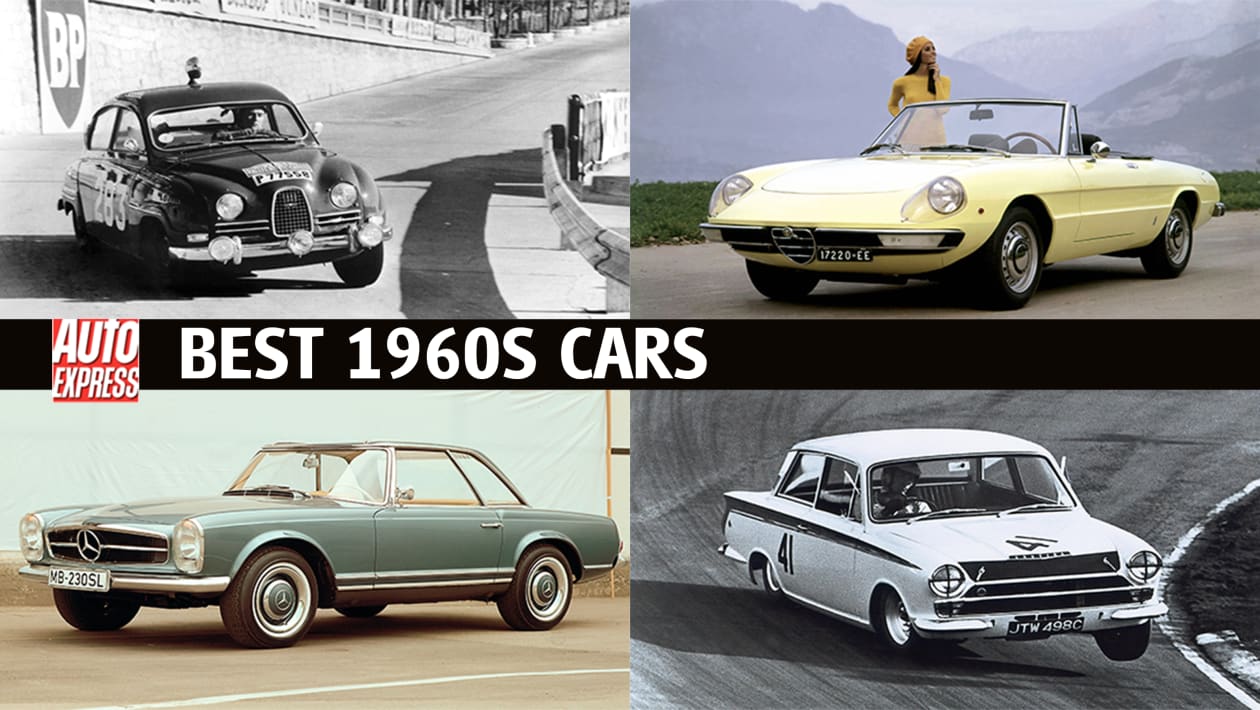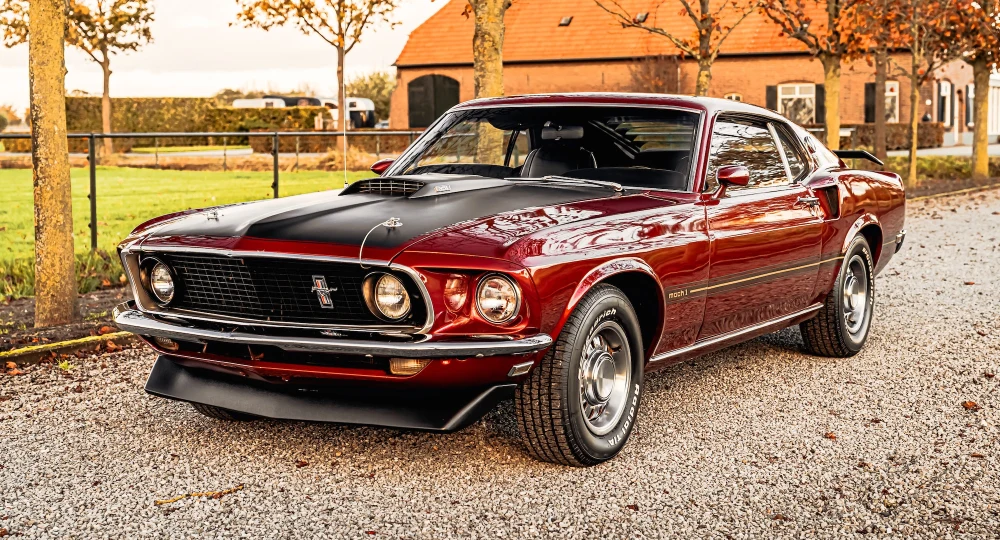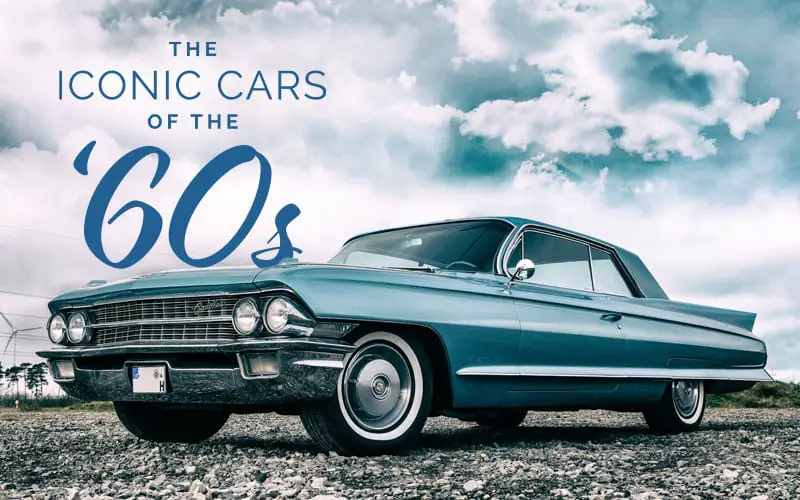The 1960s saw the rise of iconic cars like the Ford Mustang and Chevrolet Camaro. These vehicles revolutionized the automotive industry with their innovative designs and powerful engines.
The 1960s were a golden era for automobile enthusiasts, as manufacturers focused on style, performance, and technology advancements. Classic models such as the Volkswagen Beetle and Ford Thunderbird captured the essence of the era, reflecting the cultural shifts and changing tastes of the time.
Car enthusiasts today still appreciate the timeless appeal and craftsmanship of 1960s cars, making them highly sought after in the vintage car market. Let’s delve deeper into the exciting world of 1960s automobiles and explore the enduring legacy of these automotive icons.

Credit: www.autoexpress.co.uk
Contents
The 1960s Automotive Boom
The 1960s witnessed a remarkable surge in the automotive industry, marking a period of unprecedented growth and innovation. This era, known as the 1960s Automotive Boom, saw a rapid increase in the production and popularity of cars, driven by various key factors and significant technological advancements. Understanding the driving forces and technological progress of this era provides valuable insight into the dynamic landscape of 1960s automobiles.

Key Factors Driving Popularity
The popularity of 1960s cars was propelled by several key factors:
- Economic Prosperity: The post-World War II economic boom led to increased consumer spending power, driving demand for automobiles.
- Changing Lifestyles: Evolving societal norms and a burgeoning youth culture fostered a desire for stylish, performance-oriented vehicles.
- Advertising and Marketing: Innovative marketing campaigns and iconic advertising played a pivotal role in shaping consumer preferences and fueling car enthusiasm.
- Customization and Personalization: The rise of customization options empowered consumers to tailor their cars to reflect their individuality and personal style.
Technological Advancements Of The Era
The 1960s witnessed remarkable technological advancements in the automotive industry:
- Safety Innovations: The introduction of seat belts, collapsible steering columns, and other safety features aimed to enhance passenger protection.
- Performance Enhancements: The era saw the emergence of powerful V8 engines, improved suspension systems, and aerodynamic designs, contributing to enhanced performance and driving experiences.
- Innovative Design Elements: Streamlined body shapes, sleek lines, and futuristic aesthetics characterized the design language of 1960s cars, captivating consumers with visually striking exteriors.
- Technological Integration: Advancements in air conditioning, power steering, and in-car entertainment systems elevated the comfort and convenience of vehicles, catering to evolving consumer expectations.
Icons Of The 1960s Road
The 1960s was a decade of significant change in the automotive industry, with car manufacturers introducing new designs, advanced technologies, and powerful engines. This era produced some of the most iconic cars that still hold a special place in the hearts of car enthusiasts and collectors today. From muscle cars to European-inspired designs, the 1960s had something for everyone.
Muscle Car Craze
The 1960s was the decade of the muscle car craze, and it all started with the introduction of the Pontiac GTO in 1964. The GTO was the first car to combine a big engine with a mid-size body, and it quickly became a sensation. Soon after, other manufacturers jumped on the bandwagon, and muscle cars were born. Cars like the Chevrolet Camaro, Ford Mustang, and Dodge Charger were all introduced in the mid-60s and remain popular today.
European Influence On American Design
During the 1960s, American car manufacturers were heavily influenced by European designs. They began to adopt sleeker, more aerodynamic designs, and introduced new technologies like disc brakes and independent suspension. The result was a new era of American cars that were both stylish and high-performing. Cars like the Chevrolet Corvette Stingray and the Ford GT40 were heavily influenced by European designs and became instant classics.
In Conclusion
The 1960s was an exciting time in the automotive industry, with car manufacturers introducing new designs and technologies that still influence car design today. The muscle car craze and the European influence on American design were just two of the many trends that emerged during this decade. Whether you’re a car enthusiast or just appreciate classic design, the cars of the 1960s will always be considered icons of the road.
Impact On Culture And Society
The 1960s was a decade of immense cultural and societal change, and one area where this transformation was particularly evident was in the world of automobiles. Cars in the 60s not only revolutionized transportation but also had a profound impact on popular culture. From their portrayal in media to the lasting legacy of car culture, these vehicles became icons of the era.
Automobiles In 1960s Media
The presence of cars in 1960s media played a significant role in shaping the cultural landscape. Movies and television shows of the time often featured stylish, powerful vehicles that became symbols of freedom, rebellion, and aspiration. From the sleek and futuristic Batmobile in the iconic Batman TV series to the glamorous sports cars driven by James Bond, these automobiles captured the imagination of audiences worldwide.
Furthermore, car advertisements showcased the latest models with catchy slogans and captivating visuals. Bold colors, innovative designs, and powerful engines were highlighted to appeal to consumers’ desires for speed, style, and adventure. The media’s portrayal of cars in the 60s not only influenced consumer preferences but also contributed to the rise of car culture as a symbol of status and personal identity.
The Legacy Of 60s Car Culture
The 60s car culture left an indelible mark on society that can still be felt today. The era witnessed the birth of muscle cars, such as the Ford Mustang and Chevrolet Camaro, which became synonymous with power and performance. These vehicles not only revolutionized the automotive industry but also became a reflection of the American spirit of individuality and innovation.
Beyond the excitement of owning and driving these powerful machines, car culture in the 60s fostered a sense of community and camaraderie among enthusiasts. Car clubs and gatherings provided opportunities for like-minded individuals to come together, share their passion for automobiles, and showcase their unique creations. This sense of belonging and shared interest created lasting bonds and contributed to the sense of identity and belonging during the turbulent times of the 60s.

Credit: collectingcars.com
Frequently Asked Questions
What Was A Popular Car In The 1960s?
One popular car in the 1960s was the Ford Mustang. It gained popularity for its sporty design and affordable price.
What Did Cars Cost In 1960?
In 1960, cars cost around $2,600 to $3,500 on average. Prices varied based on make and model.
What Was The Coolest Car From 1963?
The coolest car from 1963 was the Chevrolet Corvette Stingray. It had a sleek design, powerful engine, and was popular among car enthusiasts.
What Was The Most Expensive Car In The 1960s?
The most expensive car in the 1960s was the Ferrari 250 GTO, with a price tag of around $18,000.
What Are Some Iconic 1960s Car Models?
Popular 1960s cars include Ford Mustang, Chevrolet Camaro, and Volkswagen Beetle.
Conclusion
The 1960s was a defining era for car design and innovation. From the iconic muscle cars to the rise of compact models, the decade left a lasting legacy on the automotive industry. The unique styles and powerful engines continue to captivate car enthusiasts today, showcasing the enduring impact of 1960s cars.
